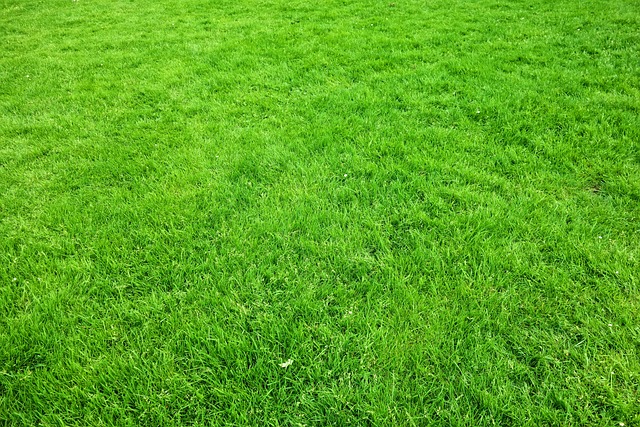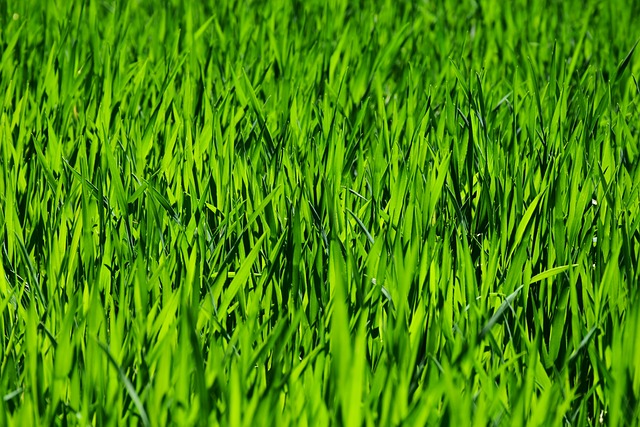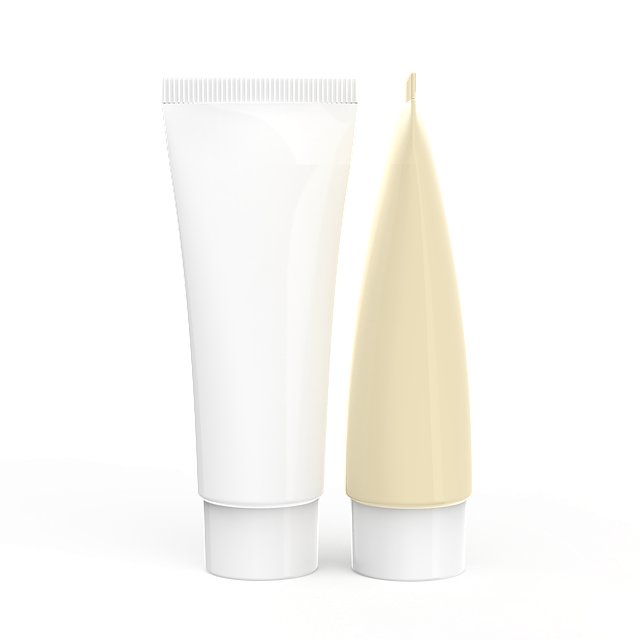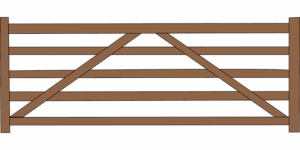Optimize Your Lawn with Mulching and Precision Edging: A Guide to Healthy Soil and Manicured Borders
Lawn care and landscaping effectively rely on the practice of mulching for maintaining soil health, conserving moisture, and suppressing weeds while promoting plant growth. The right mulch type, whether organic like wood chips or bark, pine need…….

Lawn care and landscaping effectively rely on the practice of mulching for maintaining soil health, conserving moisture, and suppressing weeds while promoting plant growth. The right mulch type, whether organic like wood chips or bark, pine needles, or cypress mulch for acid-loving plants, plays a crucial role in soil enrichment through nutrient release as it decomposes. Mulching also offers temperature regulation benefits and should be applied in a thin layer to avoid obstructing water and air flow to plant roots. Edging is equally important, offering a clean demarcation between the lawn and other landscape elements, which not only enhances curb appeal but also prevents grass encroachment and simplifies mowing patterns for a well-ordered yard. Landscapers should select mulch based on environmental factors, climate considerations, and aesthetic preferences, with options ranging from organic mulches that decompose naturally to synthetic alternatives like rubber or plastic. By integrating both precise mulching and edging into a regular lawn care and landscaping routine, homeowners can achieve a healthy, visually appealing, and functional outdoor space that combines form and function for sustainable and attractive gardening.
Maintaining a lush, vibrant lawn is a cornerstone of attractive landscaping. Two pivotal practices in this endeavor are mulching and edging, which play dual roles in enhancing soil health and elevating your yard’s aesthetic appeal. This article delves into the nuances of effective mulching and precision edging, essential aspects of lawn care and landscaping that contribute to a well-manicured outdoor space. From selecting appropriate mulch types to mastering the tools and techniques for each task, readers will glean insights and tips to achieve their gardening goals with ease. Join us as we explore how these practices can transform your lawn from ordinary to extraordinary.
- Understanding Mulching: Enhancing Soil Health and Aesthetics in Lawn Care and Landscaping
- The Art of Edging: Defining Lawn Borders for a Manicured Look in Lawn Care and Landscaping
- Selecting the Right Mulch Types for Your Lawn in Lawn Care and Landscaping
- Tools and Techniques for Effective Mulching and Edging in Lawn Care and Landscaping
Understanding Mulching: Enhancing Soil Health and Aesthetics in Lawn Care and Landscaping

Mulching is a fundamental practice in effective lawn care and landscaping, serving dual purposes of nurturing soil health and enhancing the aesthetic appeal of any outdoor space. This method involves applying a layer of organic material over the soil’s surface to create a protective cover. By doing so, mulch helps to regulate soil temperature, conserve moisture, and improve soil structure, all of which are crucial for healthy lawn growth. Organic materials such as grass clippings, leaves, wood chips, or commercial mulches can be used, each offering its own benefits. For instance, grass clippings return nutrients to the soil as they decompose, while wood chips provide a longer-lasting barrier against weeds and erosion.
In lawn care and landscaping, understanding the role of mulch is not just about its immediate visual impact but also about its long-term benefits for the lawn’s ecosystem. It acts as a natural fertilizer by breaking down slowly, which provides essential nutrients to the grass. Moreover, it minimizes the need for frequent watering by retaining soil moisture. This conservation is not only good for the environment but also reduces the effort and cost associated with irrigation systems. Additionally, mulching can help in managing thatch layers and preventing compaction, ensuring a healthy root system for your lawn. When paired with regular edging to define the lawn’s edges neatly, mulching contributes to a well-maintained, manicured look that any homeowner would appreciate. This combined approach of mulching and edging is essential in maintaining an attractive, resilient lawn that can withstand various environmental conditions and pests, making it a cornerstone of lawn care and landscaping practices.
The Art of Edging: Defining Lawn Borders for a Manicured Look in Lawn Care and Landscaping

A well-maintained lawn is a hallmark of meticulous lawn care and landscaping, and a fundamental aspect of this upkeep is the practice of edging. Edging serves to define the boundaries of your lawn, providing a crisp, clean separation from garden beds, walkways, or any other adjoining spaces. This precise delineation not only enhances the visual appeal but also prevents grass encroachment into unwanted areas and garden plants from overstepping into the turf. The art of edging is a cornerstone in achieving that manicured look which can elevate the aesthetic value of any property.
There are various methods to edge your lawn, including manual tools like spades or half-moon edgers for smaller spaces, and gas or electric edgers for larger properties. The choice depends on the size of your lawn and personal preference. Regardless of the tool, the goal is to create a sharp demarcation that allows each zone to thrive independently. By integrating this practice into your regular lawn care and landscaping routine, you can maintain an orderly and visually pleasing landscape. Proper edging also facilitates better water and nutrient distribution for your lawn and garden, as well as making mowing more efficient by providing clear lines for the mower to follow, thus reducing the risk of damaging the grass or landscaping elements. Maintaining these clean lines not only contributes to the health and appearance of your lawn but also reflects a commitment to quality lawn care and landscaping.
Selecting the Right Mulch Types for Your Lawn in Lawn Care and Landscaping

When it comes to selecting the right mulch for your lawn within the realm of lawn care and landscaping, understanding the various types and their benefits is key. Organic mulches, such as wood chips or bark, not only improve soil structure over time but also retain moisture and suppress weeds effectively. These organic options enrich the soil as they decompose, providing valuable nutrients for your lawn. For gardens with acid-loving plants, pine needles or cypress mulch can be particularly beneficial due to their natural acidity. In contrast, straw or grass clippings serve as a more temporary solution, being less durable but excellent for quick coverage and weed suppression.
Another important aspect when choosing mulch is considering the specific needs of your lawn’s environment and the plants you are cultivating. Fine mulches work well in windy areas to prevent erosion and blow away, while coarser materials may be more suitable for paths or areas with high foot traffic. Additionally, the color and texture of the mulch can affect its effectiveness; darker mulches absorb more heat, which can be advantageous in cooler climates but may require extra watering in warmer regions. In terms of maintenance, rubber or plastic mulches offer a long-lasting, low-maintenance alternative, though they are not biodegradable and may not align with every landscaping aesthetic. It’s crucial to weigh the longevity, environmental impact, and visual appeal when deciding on the type of mulch that will best complement your lawn care and landscaping efforts.
Tools and Techniques for Effective Mulching and Edging in Lawn Care and Landscaping

When it comes to maintaining a healthy, vibrant lawn, mulching and edging play pivotal roles in lawn care and landscaping. Effective mulching conserves soil moisture, moderates soil temperature, reduces weed growth, and improves the appearance of garden beds. For optimal results, a quality lawn mulcher or a grass catching feature on a mower should be employed. These tools efficiently chop up yard clippings into small pieces that decompose quickly, providing nutrients back into the soil. The mulch should be applied evenly across the garden bed to a depth of one to two inches, ensuring it doesn’t create a mat that prevents water and air from reaching plant roots.
Edging is another essential task in lawn care and landscaping that defines the edge between your lawn and flower beds or sidewalks. It not only gives your yard a manicured look but also prevents grass from encroaching on walkways and driveways, which can be a trip hazard. Utilize a sturdy edging tool or an edger attachment for your lawnmower to create clean, crisp lines. This process involves removing overgrown grass and soil, and ensuring that the edge is level with the sidewalk or even with the lawn. Regular edging helps to maintain the overall aesthetic of your landscape and can make mowing easier by providing clear boundaries, reducing the need for excessive trimming around obstacles. Both mulching and edging contribute to a well-maintained yard that enhances curb appeal and promotes plant health in lawn care and landscaping practices.
Integrating mulching and edging into your lawn care regimen significantly elevates both soil health and the visual appeal of your landscape. By selecting appropriate mulch types and employing precise edging techniques, homeowners can achieve a manicured look that not only enhances curb appeal but also fosters a thriving lawn ecosystem. The benefits of these practices in lawn care and landscaping are manifold, from retaining soil moisture to deterning weed growth and defining clear boundaries between your greenspace and garden beds. Adopting these methods can transform the ordinary into an exceptional outdoor living space.







